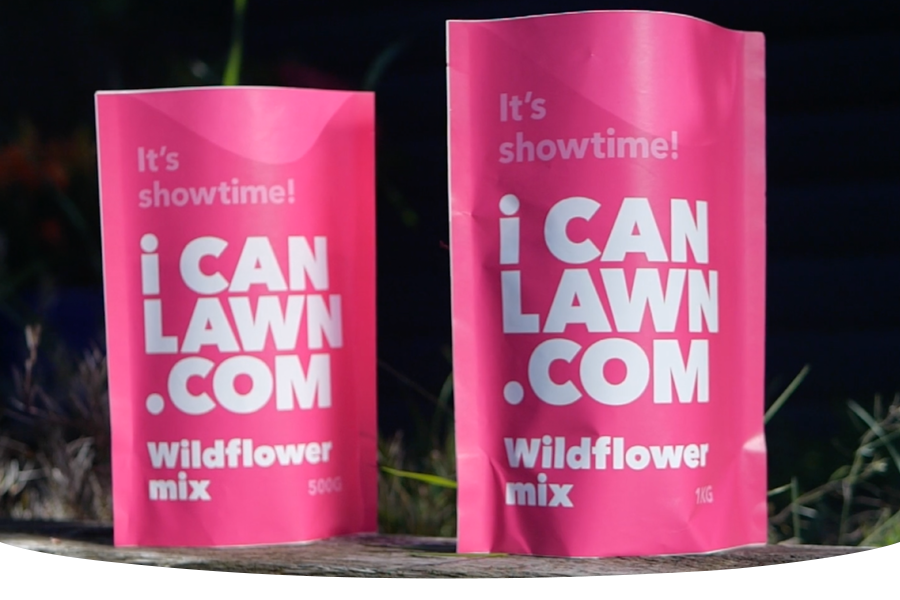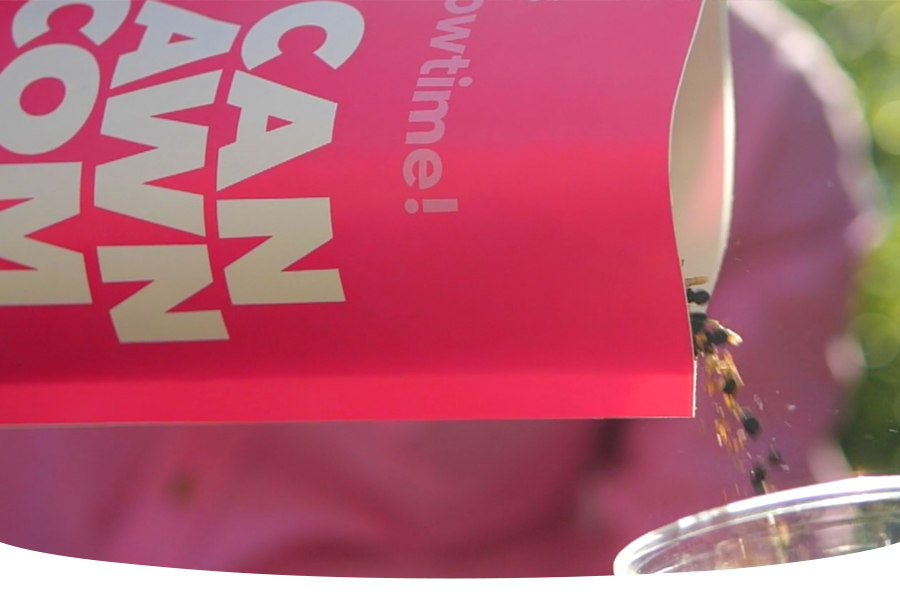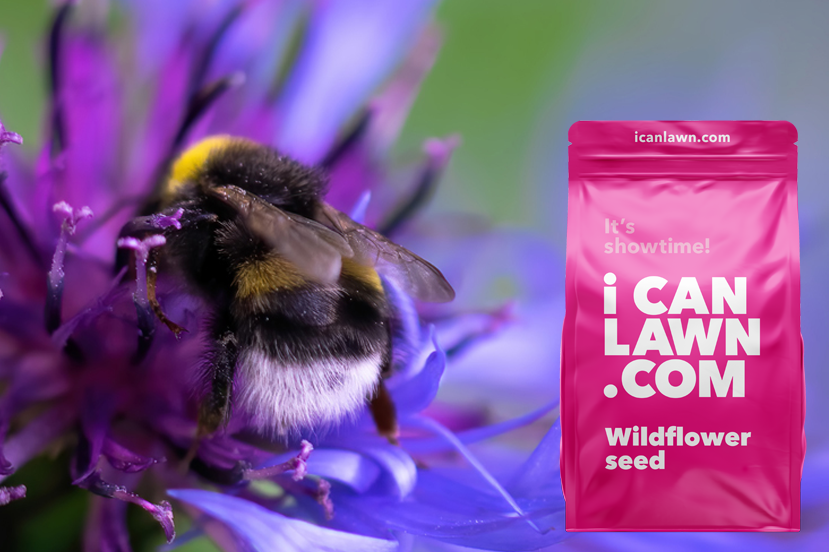10 wildflowers that bees love!
There is nothing bees love more than a sweet nectar filled flower to sip on, and whilst they’re happy to visit most flowers where they can find them – we’ve picked 10 of their favourites that they make a special beeline for!
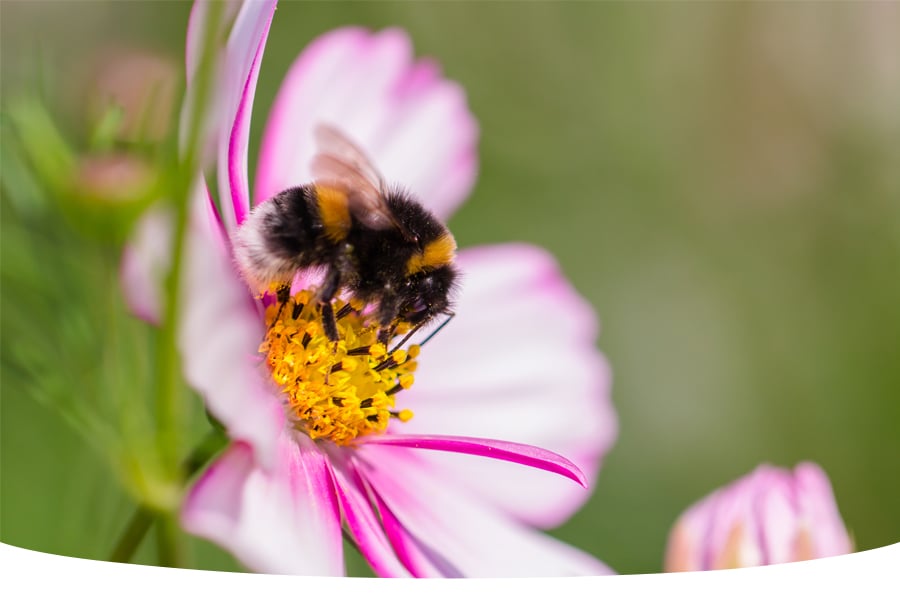
Cornfield Annuals
Cornflower, corn chamomile, corn poppy and corncockle are some of the bees' favourites for their bright, attractive colours and flat and open petals, which make for a great landing deck! These native wildflowers put on a powerful display and look great on a border. You can find them in our Bees Please or Absolutely Annuals mix!
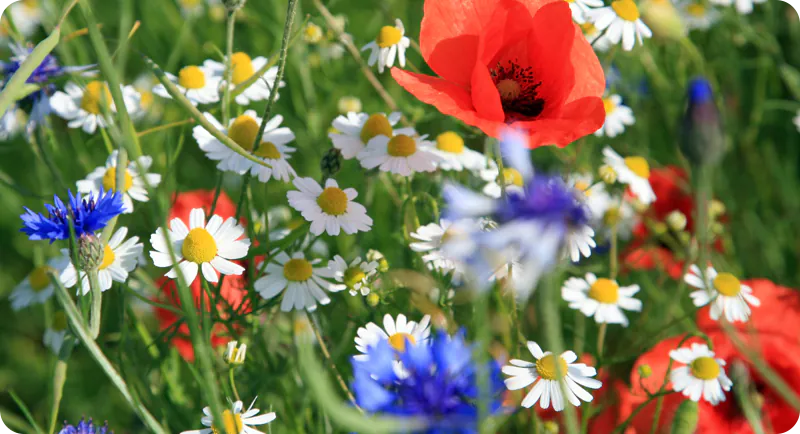
Clover
Bees are big fans of clover that can be naturally found growing amongst overgrown grass or lawns. Bees enjoy clutching onto its round blooms that, for being so small, offer lots of yummy nectar! If you’d like to create a clover cluster for bees, simply leave a spot on your lawn to grow wild.
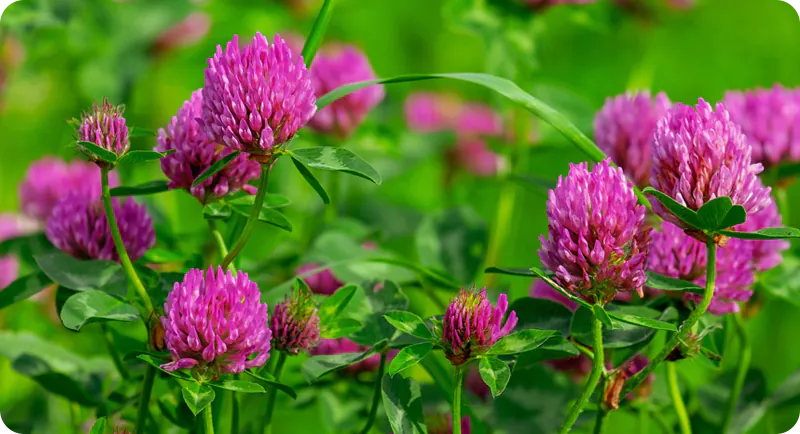
Cosmos
Bees don’t have to be partial to pink to gravitate towards cosmos! Their bright yellow centre is a big enough sign that there is some pretty great pollen and nourishing nectar afoot. A cosmos sensation mix, in particular, provides white, pink and lilac blooms that add a real pop of colour to your garden.
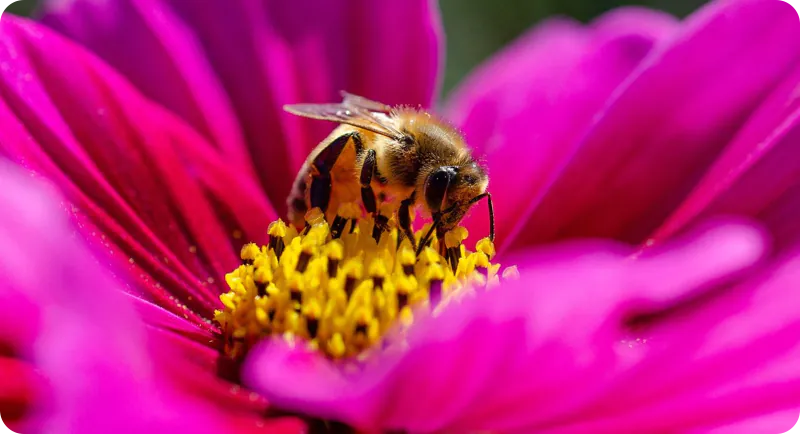
Foxglove
For bees that need a little respite, the hooded bells of Foxglove offer excellent protection so they can enjoy a nectar snack in the shade. With so many blooms to choose from on one towering stem, this is a pollen feast for any bee lucky enough to come across it!
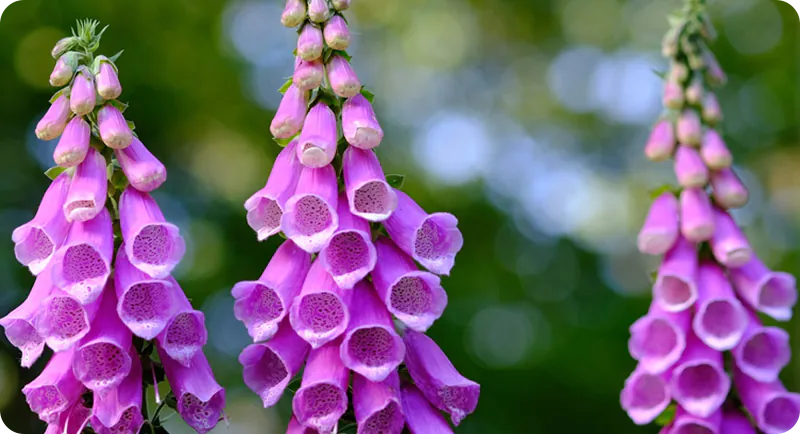
Musk mallow
This wildflower’s name is what really attracts bees, as they can’t resist its sweet, musky scent! As if its heady scent isn’t enough to get bees gathering around it, its light pink billowy blooms are equally as attractive and are ideal for a pollinator picnic!
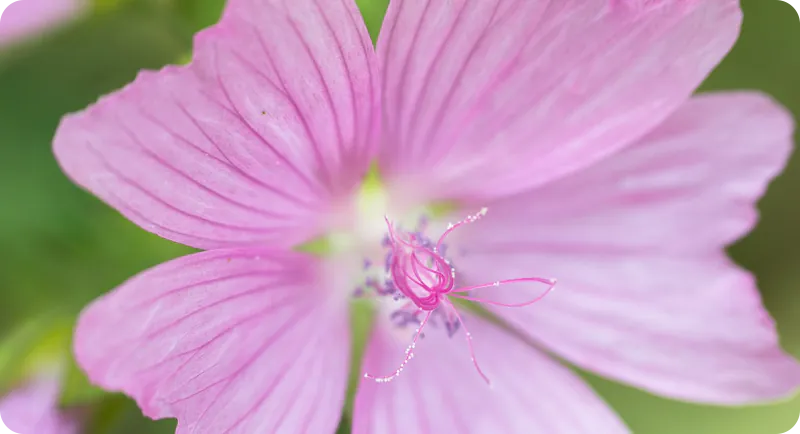
Teasel
Teasels' outwardly spikey appearance may seem off-putting to you and me, but bees simply love it! Its ‘spikes’ help bees to climb on while they gather pollen from its tiny purple flowers. Teasel also produces hundreds of tiny seeds at the end of its blooming season, so you can keep bees coming back year after year!
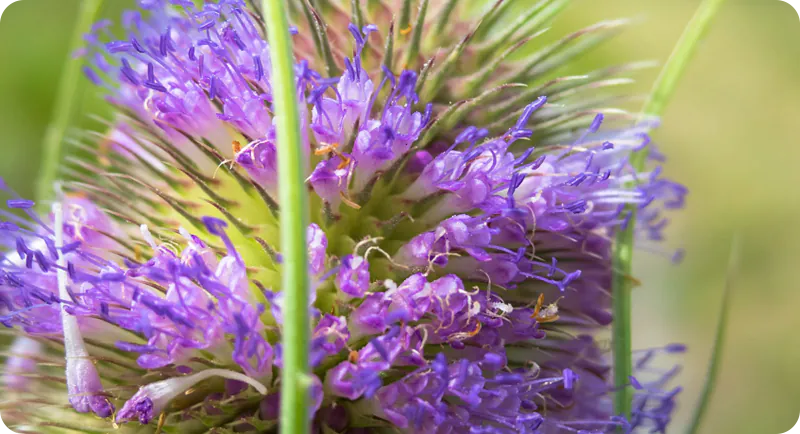
Evening Primrose
Another super sweet-smelling wildflower on our list is Evening Primrose. It is a literal ray of sunshine that attracts bees due to its bright yellow petals, which help to draw them in! As its name suggests, Evening Primrose blooms are open for pollinators during the day and in the evening to encourage as much pollination as possible – whilst most wildflowers tend to close up shop at night.
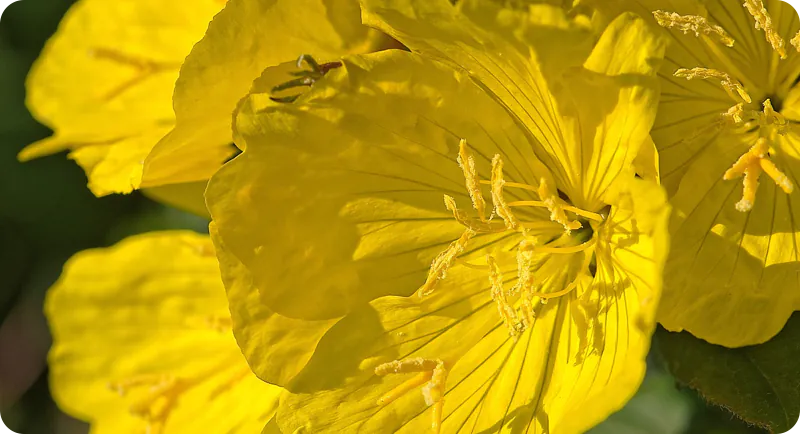
Lance-leaf coreopsis
Another bright yellow beauty that bees love is Lance-leaf coreopsis. Its daisy-like appearance makes it a joy to have in your garden, and bees can’t get enough of it, either! Its open appearance makes its pollen easy to get to, ranking it high on bees' dining destination list.
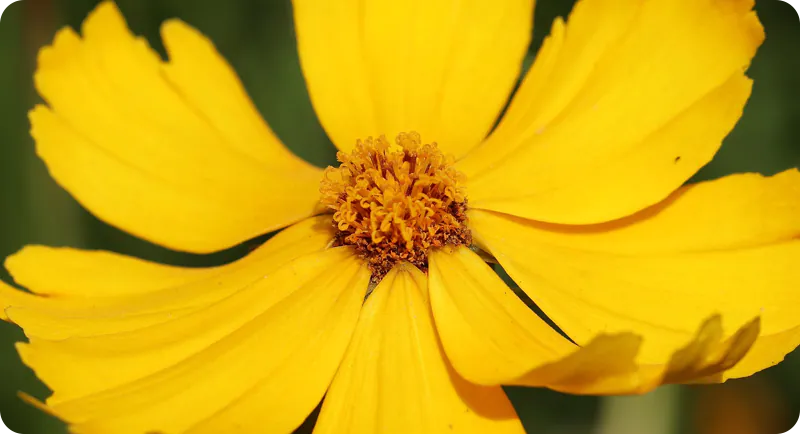
Coneflower
Coneflower is easy to spot as its petals face downward, unlike most common wildflowers. This leaves its nectar-filled centre open for bees to come and feast! Its pink and orange appearance makes quite the showstopper for a bed or border, so why not introduce some of these stop-and-start wildflowers into your garden and attract a hive of activity at the same time?
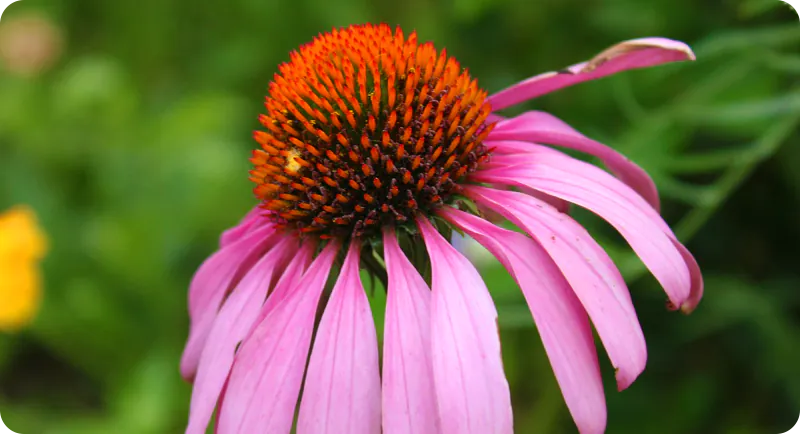
Oxeye Sunflower
The oxeye sunflower is a starburst yellow wildflower that adores a spot in the sun. The nickname ‘false sunflower’ may not be the most flattering, but they certainly stand their own ground with their lemon-yellow blooms. Again, bees favour this wildflower for its easy access and sweet scent.
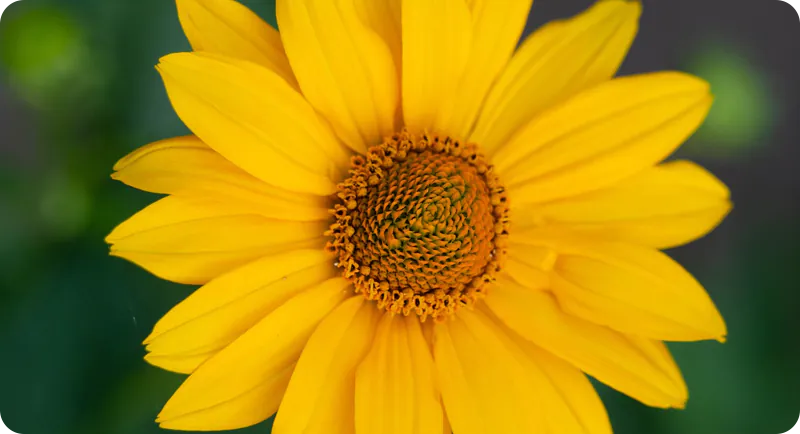
If you’d like to have these wildflowers in your garden and attract more bees, why not try our Bees Please wildflower mix?




